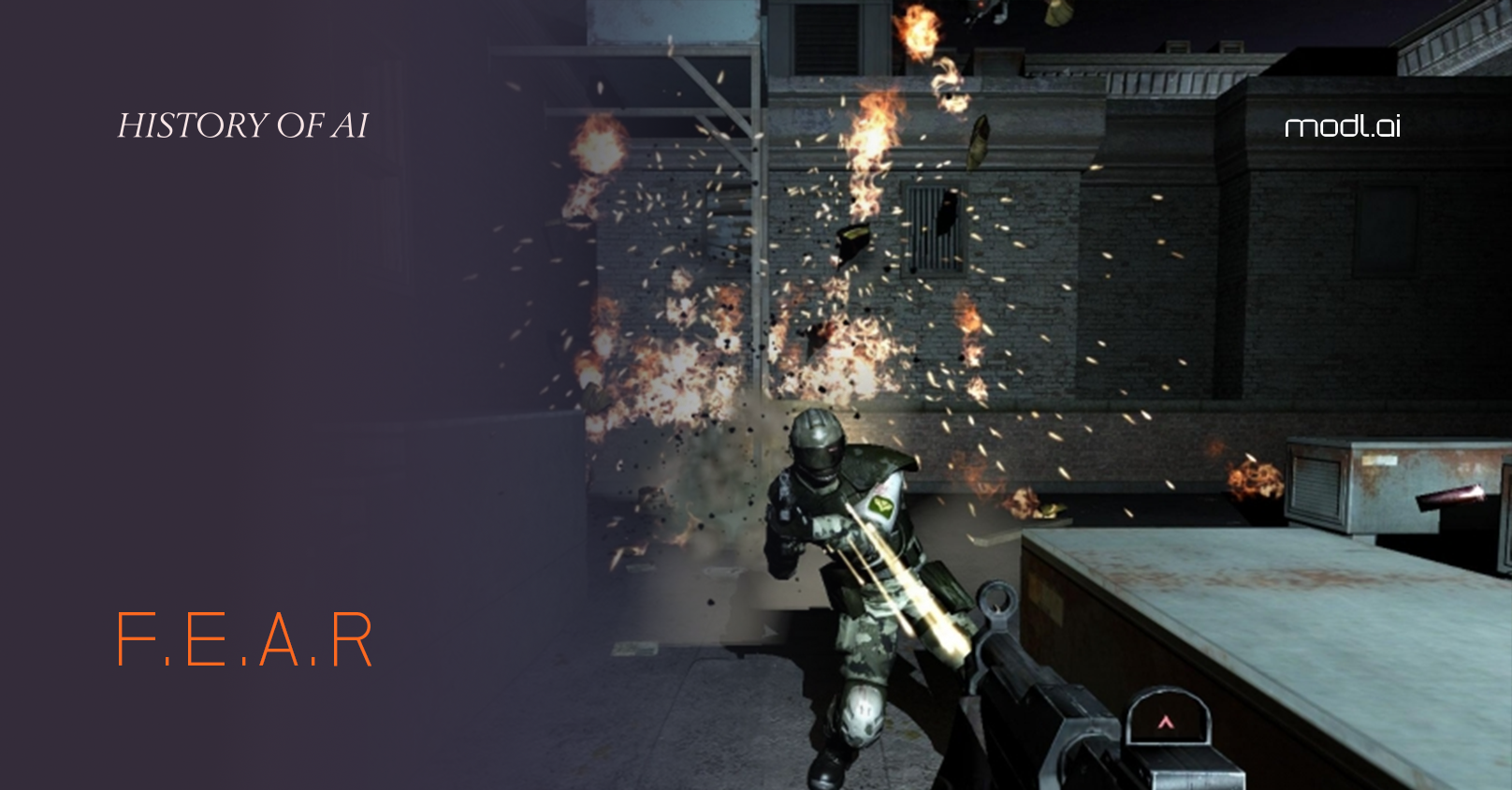As Orkin says in the interview, it's not that the techniques of FEAR were only used in FEAR, or were never surpassed over time. (In any case, the game use of GOAP is inherently hard to "surpass" since it's generally human design and academic research which powers the FEAR AI rather than generational leaps in hardware horsepower. It helped that they had the machines they did then just as they made this breakthrough, but more CPU power wouldn't completely mean more intelligence for characters, it would mean more work on the designers' parts to come up with additional intelligent things for them to do.) You see FEAR's progeny in gaming all the time. What you rarely if ever see, however, is game design and production focus placed so specifically on highlighting and exploring the capabilities of this (or more robust) artificial intelligence approach. It was a golden era for taking a good idea all the way to the end of the line, and FEAR had those kinds of good ideas and people with the time and experience to know how to use them. Games have technically gotten smarter since then, but gamers and game producers have not valued "smart" enough since then to make it a key reason to get hyped for new games.

